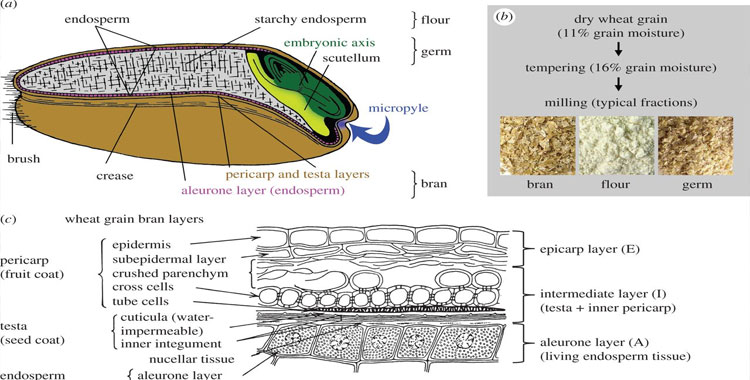Milling Process
Milling Process

Paddy in its raw form cannot be consumed by human beings. It needs to be suitably processed for obtaining rice. Rice milling is the process which helps in removal of hulls and barns from paddy grains to produce polished rice. Rice forms the basic primary processed product obtained from paddy and this is further processed for obtaining various secondary and tertiary products.
The basic rice milling processes consist of:
Pre Cleaning : Paddy cleaner is the most essential equipment in a rice mill, as it separates all the impurities like dust, straw, sand, clay and heavy particles of even an uneven sizes from paddy. The advantages with the paddy cleaner are that increases the life of rubber rollers and the percentage of oil in bran.
De-stoning : Separating small stones from paddy.
Husking : This dehusker machine is used for dehusking of paddy and removing of husk. The machine is based on centrifugal principle.
Husk Aspiration : Separating the husk from brown rice/ unhusked paddy.
Paddy Separation : Separating the unhusked paddy from brown rice.
Whitening : Removing all or part of the bran layer and germ from brown rice . The whitener is used for whitening (i.e. removal of bran) of brown rice to white rice. Through a smooth flow of rice and the efficient aspiration system inside the machine, the rice is whitened very gently.
Polishing : Improving the appearance of milled rice by removing the remaining bran particles and by polishing the exterior of the milled kernel.
Length Grading : Separating small and large brokers from head rice.
Blending : Mixing head rice with predetermined amount of brokers, as required by the customer.
Weighing and bagging : Preparing the milled rice for transport to the customer.
Parboiling : Helps in improving the nutritional quality by gelatinization of starch inside the rice grain. It improves the milling recovery percent during deshelling and polishing / whitening operation.
